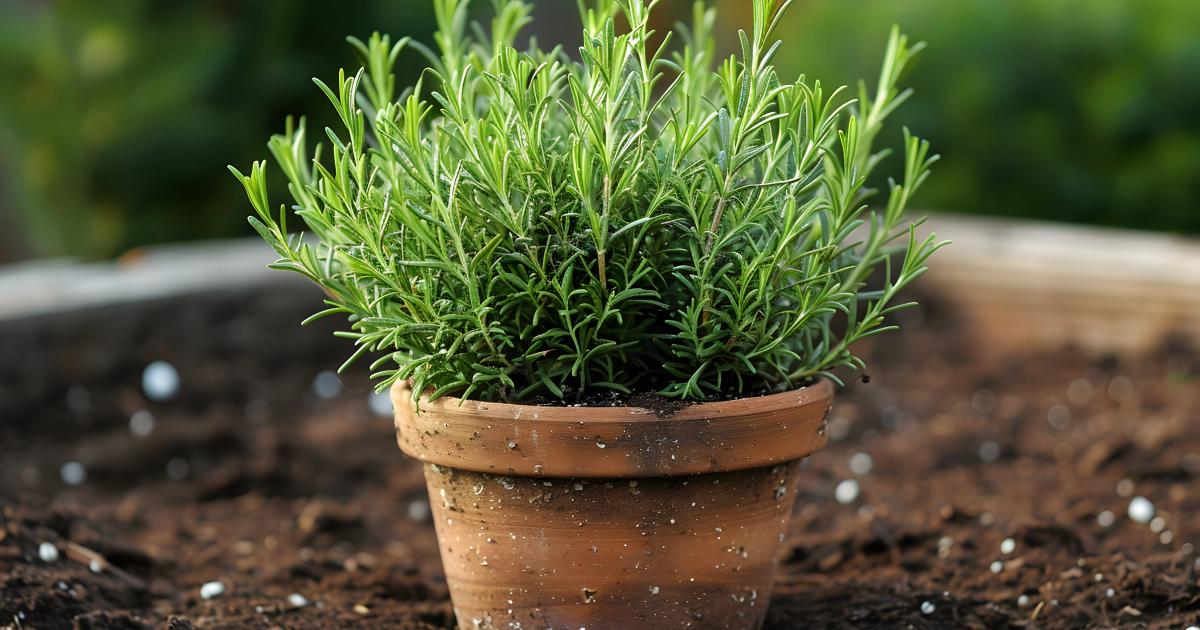
Suggested video What products are in season in May?
Video 1 of 2
Rosemary is an ideal herb to have in the kitchen. Its taste easily flavors dishes and always takes us back to the Mediterranean. The good news is that it is a very easy plant to grow, it does not have great requirements. In fact, it is a plant used to surviving in areas of high temperatures and little irrigation, even with the droughts that characterize the Mediterranean climate. However, growing it at home involves a series of actions to guarantee its well-being and not neglect its needs, which it also has, however minimal they may be.
See also: Here’s why your potted basil bought at the supermarket dies quickly
Rosemary is a plant that needs direct sunlight. This plant cannot survive without a minimum of six to ten hours per day of direct sunlight on its leaves, an amount to which it is accustomed where it grows wild.
Because of its need for direct sun, this plant should be placed somewhere in the south-facing home, next to a window where it receives direct sunlight to feed and survive.
As it grows in an arid environment, this plant also requires adequate drainage. If water accumulates in the pot without drainage, it will immediately be affected by the rot of its roots, which are not accustomed to the accumulation of rain. On the contrary, it is important that the water is drained well.
In the same way, the plant will appreciate that the soil remains very dry between waterings and that it is not permanently humid to avoid, precisely, this accumulation of humidity in its roots.
Regular pruning of this plant is also a great way to care for it. This gesture will maintain the structure of the plant in the desired shape and will also help to stimulate its growth.
On the other hand, it is not a plant with great nutritional needs, which is why fertilizers must be reserved for rare occasions, and only in spring, always in a very limited way, imitating what the plant finds in the ‘wild state.
If you live in a region with strong temperature variations and humidity, you should not hesitate to bring the pot indoors when the temperatures are cold, because it is a plant that grows in rather warm climates and appreciates high temperatures. and the lack of rain and humidity.
Source:https://www.750g.com/7-astuces-pour-reussir-a-cultiver-du-romarin-a-la-maison-a37519.htm


